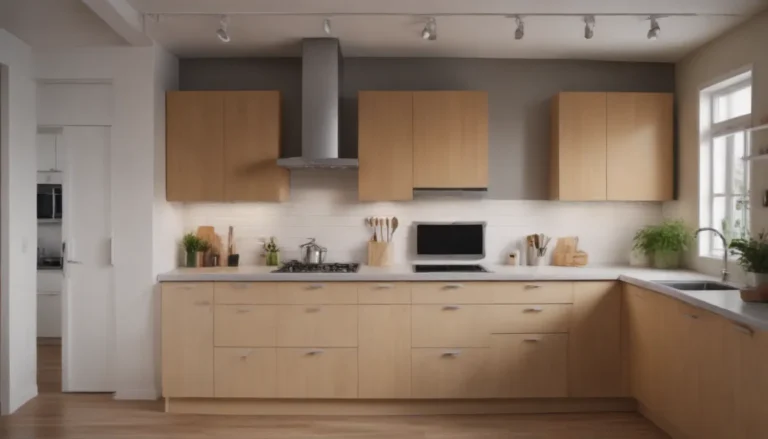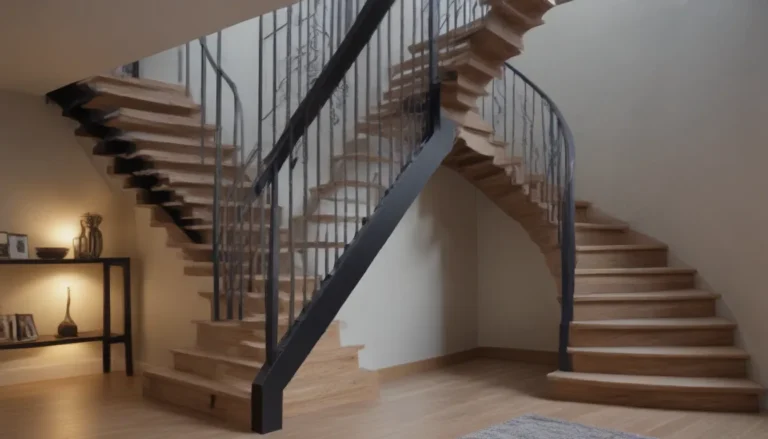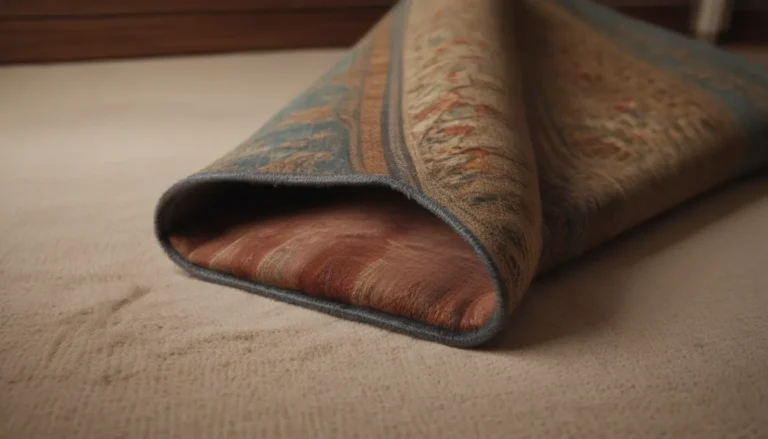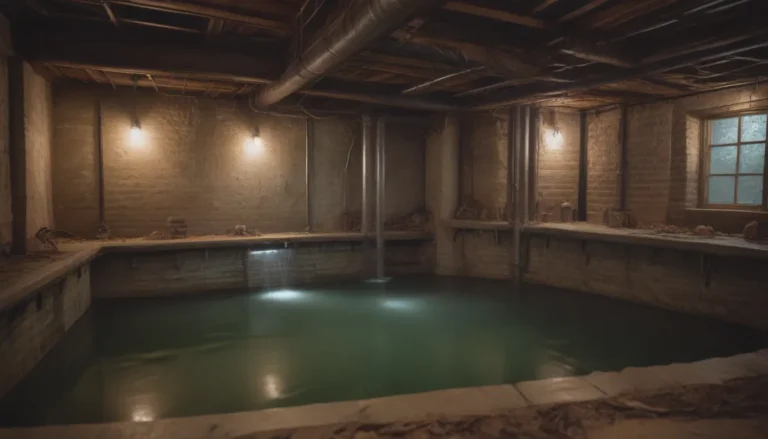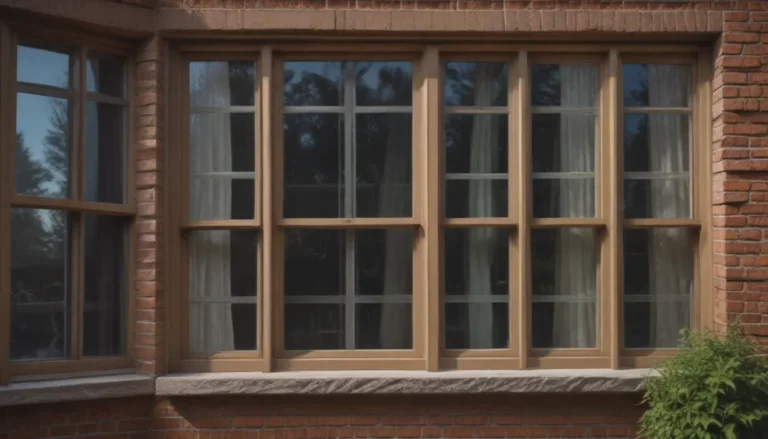Choosing the Perfect Backsplash Material for Your Kitchen: A Comprehensive Guide
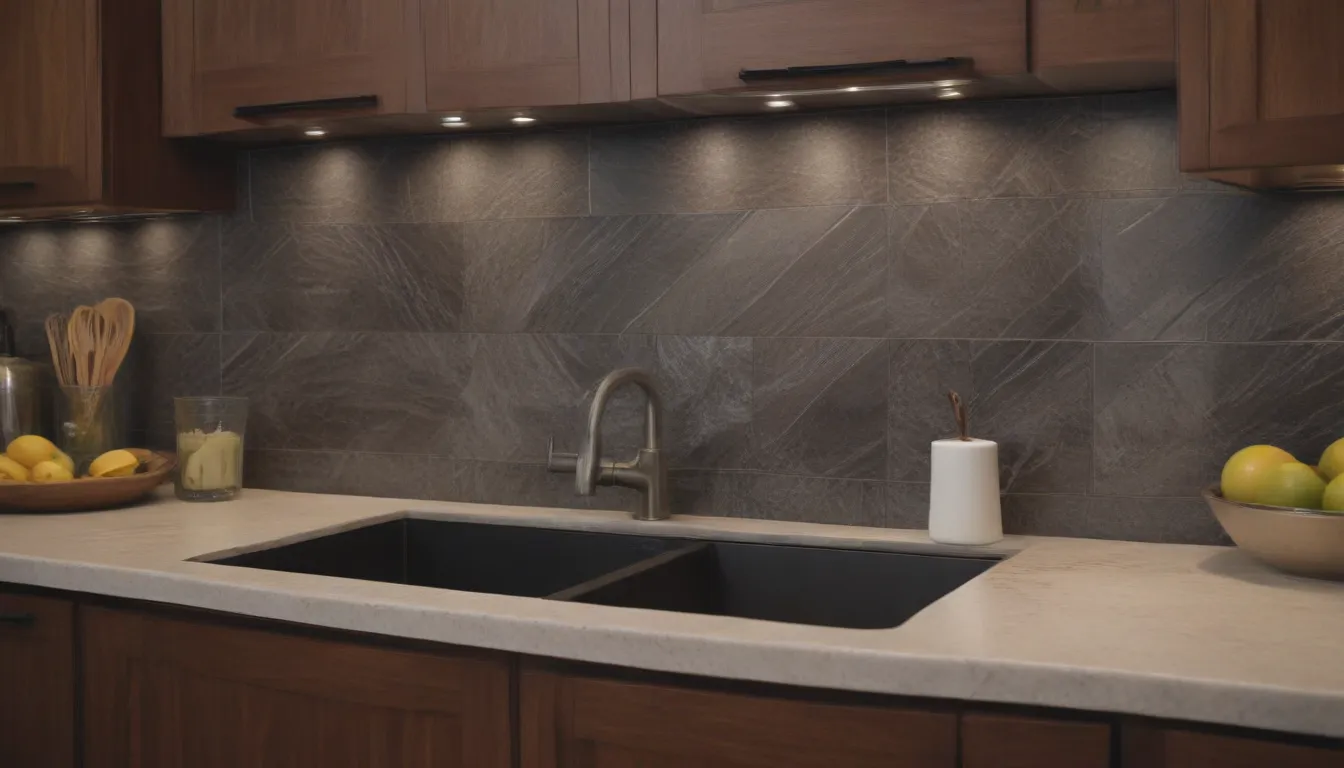
When it comes to kitchen decor, every detail matters. From the tiles in the shower to the hardwood on the floor, each choice you make reflects your personal style and sets the tone for the entire space. One such decision that shouldn’t be taken lightly is selecting the perfect backsplash material for your kitchen. After all, this element will be a permanent fixture in your kitchen for years to come.
In this comprehensive guide, we’ll explore the seven best backsplash materials commonly used in kitchens and bathrooms. By understanding the benefits, drawbacks, cost, style, and installation difficulty of each type, you can make an informed decision that you won’t regret. So let’s dive in and discover how to choose the best kitchen backsplash material for your home.
What is a Backsplash?
Before we delve into the different types of backsplash materials, let’s first understand what a backsplash is. A backsplash is a vertical surface designed to protect the wall behind the stove or countertop in the kitchen or bathroom. It serves both a functional purpose by preventing stains and damage from oil, water, food, and soap, and an aesthetic purpose by enhancing the overall look of the room.
There are seven common types of backsplash materials used to create beautiful designs in kitchens and bathrooms:
– Countertop Material
– Ceramic or Porcelain Tile
– Glass Tile
– Metal Tile
– Natural Stone Tile
– Faux Metal (Thermoplastic)
– Manufactured Stone Veneer
Now, let’s explore each of these materials in detail to help you make an informed decision for your kitchen.
Countertop Material
One of the most popular options for backsplashes is using the same material as your countertop. When solid surface or quartz countertops are fabricated, a piece is often sliced off and used as a backsplash. This creates a seamless, integrated look that blends well with contemporary kitchens. While this type of backsplash is more expensive and not a DIY project, it offers a sleek and durable solution with a waterproof seam between the counter and backsplash.
Ceramic or Porcelain Tile
Ceramic and porcelain tiles are affordable, durable, and functional choices for backsplashes. While ceramic tiles are fired at a high temperature, porcelain tiles use a refined clay and are fired at an even higher temperature, making them denser and more durable. These tiles are low maintenance and come in a wide range of colors and patterns, making them a popular choice for kitchens and bathrooms.
Glass Tile
While glass tiles may cost more than ceramic or porcelain, they are easy to clean and maintain. The nonporous material resists stains and discoloration, and the color options won’t fade over time. However, installing glass tiles can be challenging for DIYers without experience working with glass.
Metal Tile
Metal backsplash tiles offer a unique, modern look to kitchens. While traditional tin ceiling tiles have been repurposed for walls, new metal tiles come in various textures and finishes. These tiles are easy to install with adhesive, but they can be susceptible to scratches and damage from acidic foods. Copper tiles, in particular, may tarnish over time.
Natural Stone Tile
For a more traditional appeal, natural stone tiles like travertine provide a unique aesthetic to backsplashes. While they are expensive, these tiles require regular maintenance to prevent staining and discoloration due to the porous nature of the material.
Faux Metal (Thermoplastic)
If you like the look of metal but want to avoid maintenance issues, faux metal tiles made of thermoplastic are a great alternative. These easy-to-install tiles mimic the appearance of metal but are more affordable and can be cut with scissors. However, they are not suitable for areas exposed to high heat.
Manufactured Stone Veneer
Manufactured stone veneer offers an attractive look for backsplashes but can be costly and difficult to install. This porous material requires regular cleaning and sealing to prevent stains and discoloration, making it a high-maintenance option for your kitchen.
Before Buying New Backsplash Material
Whether you are replacing an old backsplash or installing a new one, consider the following factors before making a decision:
– Signs that your backsplash needs replacing include fading, scratches, chips, broken tiles, crumbling grout, stains, and discoloration.
– If making repairs, matching colors may be challenging due to fading over time.
– Consider replacing the entire backsplash for a fresh look and an opportunity to change the material and style.
Buying Considerations for Backsplash Material
Before selecting a backsplash material, consider the following factors to ensure you choose the right option for your kitchen:
– Ease of Installation: Consider the installation difficulty based on your DIY experience.
– Maintenance: Some materials require regular cleaning and sealing to prevent stains and discoloration.
– Durability: Choose a material that can withstand daily use and is resistant to scratches and damage.
– Functionality: Ensure the material is suitable for its intended purpose and location in the kitchen.
– Cost: Factor in the cost of materials and installation when planning your project.
Where to Shop for Backsplash Materials
When shopping for backsplash materials, you can choose between in-store and online options. Consider the benefits of each before making a decision:
– Buying In-Store: Visit a physical home improvement store to see product samples and seek expert advice.
– Buying Online: Explore a wide variety of options online and arrange for direct delivery to your home.
Regardless of where you shop, ensure you choose a high-quality backsplash material that complements your kitchen’s aesthetic and meets your functional requirements. Prioritize ease of cleaning, durability, and functionality when selecting the perfect backsplash for your kitchen.
In conclusion, selecting the right backsplash material for your kitchen is a decision that requires careful consideration. By understanding the benefits and drawbacks of each material, you can choose a backsplash that enhances the beauty and functionality of your kitchen for years to come. So take your time, explore your options, and choose a backsplash material that reflects your personal style and meets your practical needs. Happy decorating!
